As we celebrated World Environment Day on June 5th, it’s imperative to acknowledge the significant strides Nepal is making in environmental conservation and carbon emission reduction. Nestled in the heart of the Himalayas, Nepal has emerged as a beacon of hope and action in the fight against climate change, setting an inspiring example for the region, including its neighbor India.
Nepal’s Green Initiatives
Nepal has undertaken several initiatives aimed at preserving its rich biodiversity and promoting sustainable development:
Community Forestry Programs:
Nepal’s community forestry programs are a model of success, demonstrating how local communities can manage forest resources sustainably. Over one-third of the country’s forests are managed by community groups, leading to improved forest cover and biodiversity.
Renewable Energy Adoption:
The government has been actively promoting renewable energy sources, particularly hydropower, solar, and wind energy. Hydropower alone accounts for a significant portion of the country’s energy production, reducing reliance on fossil fuels.

Climate Resilient Agriculture:
Nepal is investing in climate-resilient agricultural practices. These include promoting organic farming, improving irrigation systems, and introducing crop varieties that can withstand climate change impacts.
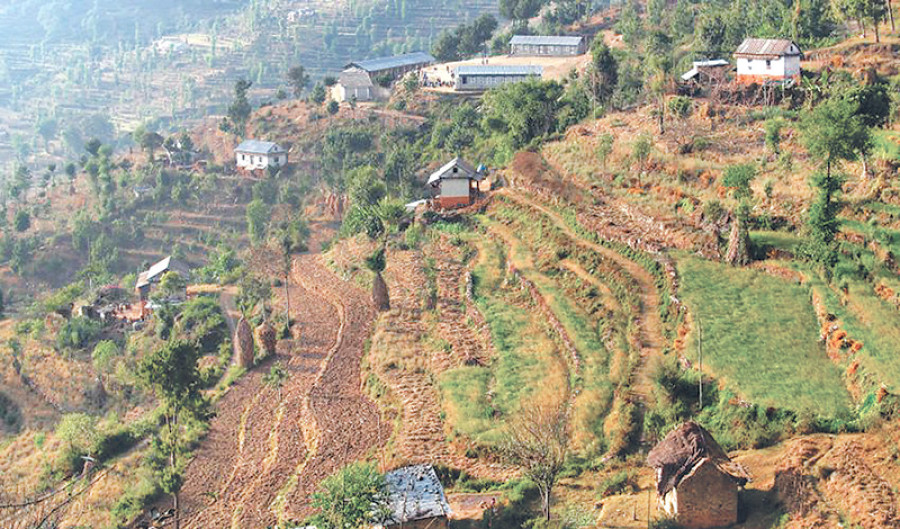
Protected Areas and Biodiversity Conservation:
With a network of national parks and conservation areas, Nepal has effectively safeguarded critical habitats for endangered species such as the Bengal tiger and the one-horned rhinoceros.

Leading in Carbon Emission Reduction
Nepal’s commitment to reducing carbon emissions is noteworthy. The country’s approach integrates policy measures, international cooperation, and grassroots movements:
Carbon Trading and REDD+ Initiatives:
Nepal is an active participant in the Reducing Emissions from Deforestation and Forest Degradation (REDD+) program. By preserving its forests, Nepal earns carbon credits, which are sold in international markets, bringing in revenue while conserving the environment.
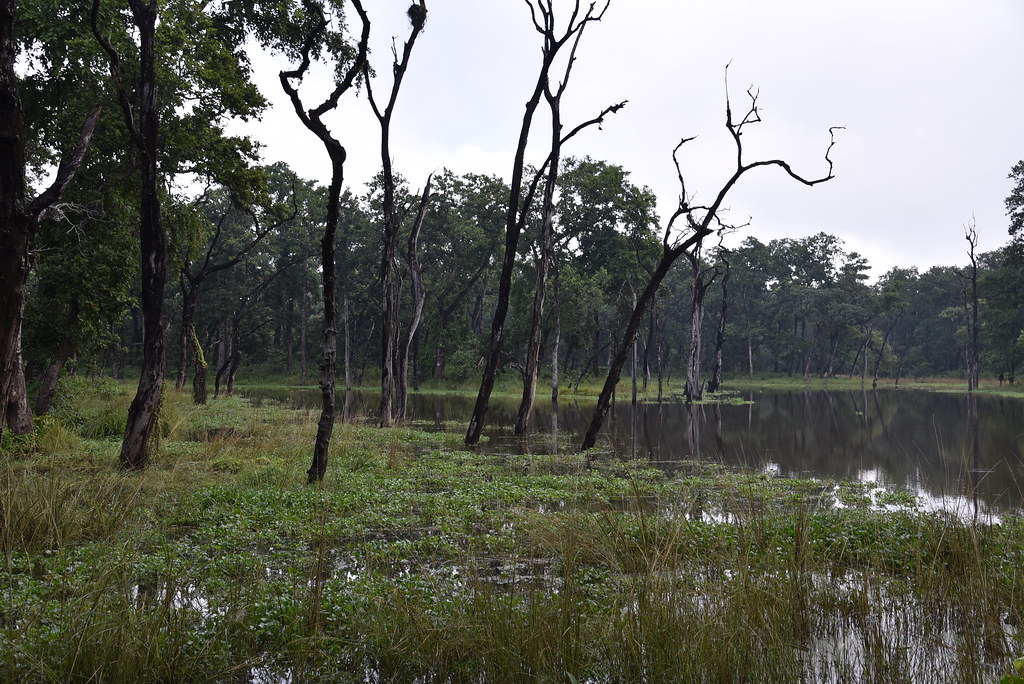
Nationally Determined Contributions (NDCs):
As part of the Paris Agreement, Nepal has set ambitious targets in its NDCs, aiming to reduce emissions by transitioning to clean energy and enhancing forest cover.

Sustainable Tourism:
Promoting eco-tourism is another strategy Nepal is using to boost its economy while ensuring environmental sustainability. Sustainable tourism practices help in conserving natural resources and reducing carbon footprints.
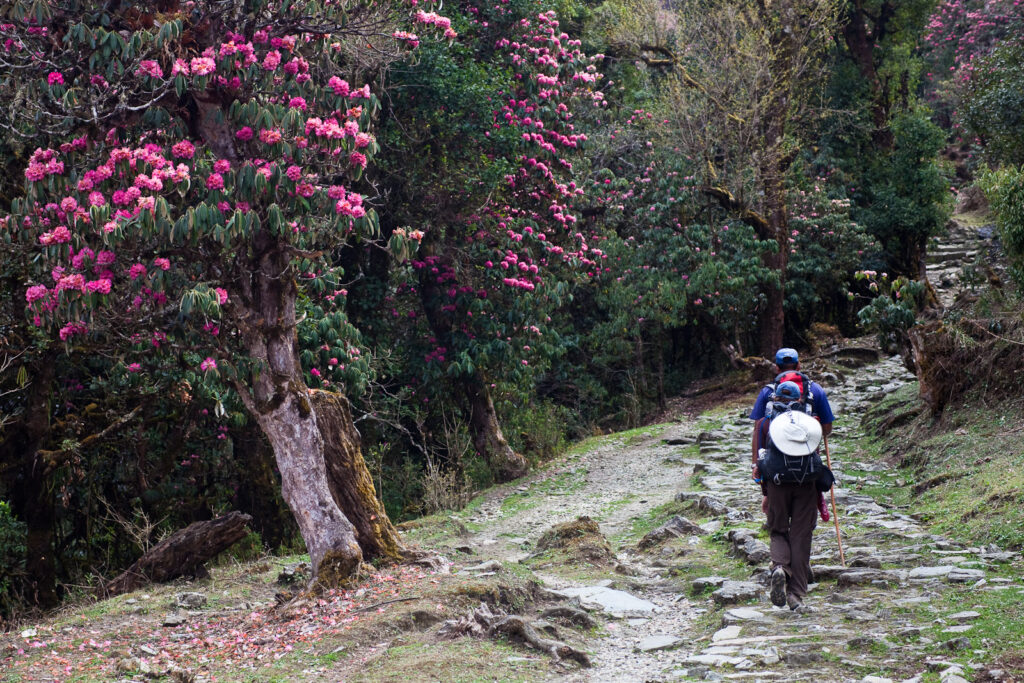
India’s Environmental Efforts and Collaboration with Nepal
India, sharing a long border and many environmental challenges with Nepal, has also been making significant efforts towards environmental conservation and carbon emission reduction:
Renewable Energy Expansion:
India has made considerable investments in solar and wind energy, becoming one of the largest renewable energy markets in the world. Initiatives like the International Solar Alliance (ISA) highlight India’s commitment to global solar energy adoption.

Afforestation and Reforestation:
India’s Green India Mission focuses on increasing forest cover and restoring degraded ecosystems, which plays a crucial role in carbon sequestration.
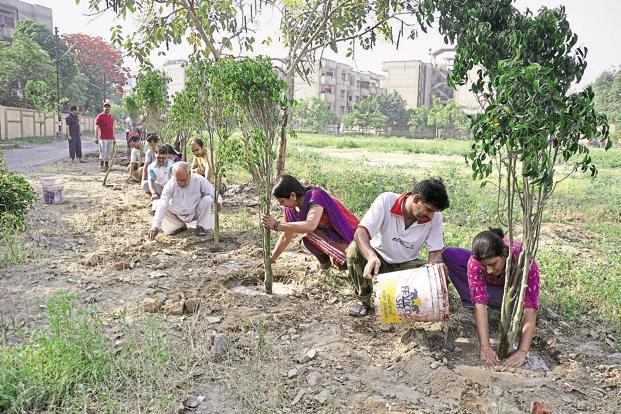
Collaborative Efforts:
Both countries are part of regional initiatives like the South Asia Co-operative Environment Programme (SACEP), working together on transboundary environmental issues. Joint projects on river basin management, biodiversity conservation, and sustainable tourism underscore the importance of collaboration.

Looking Ahead
Nepal’s leadership in environmental conservation and carbon emission reduction is a testament to what can be achieved with commitment and innovative strategies. As we move beyond World Environment Day, it’s crucial for nations, including India, to continue and expand their collaborative efforts, learning from Nepal’s successes and challenges.
Together, by embracing sustainable practices and policies, South Asia can become a global leader in the fight against climate change, ensuring a healthier planet for future generations.

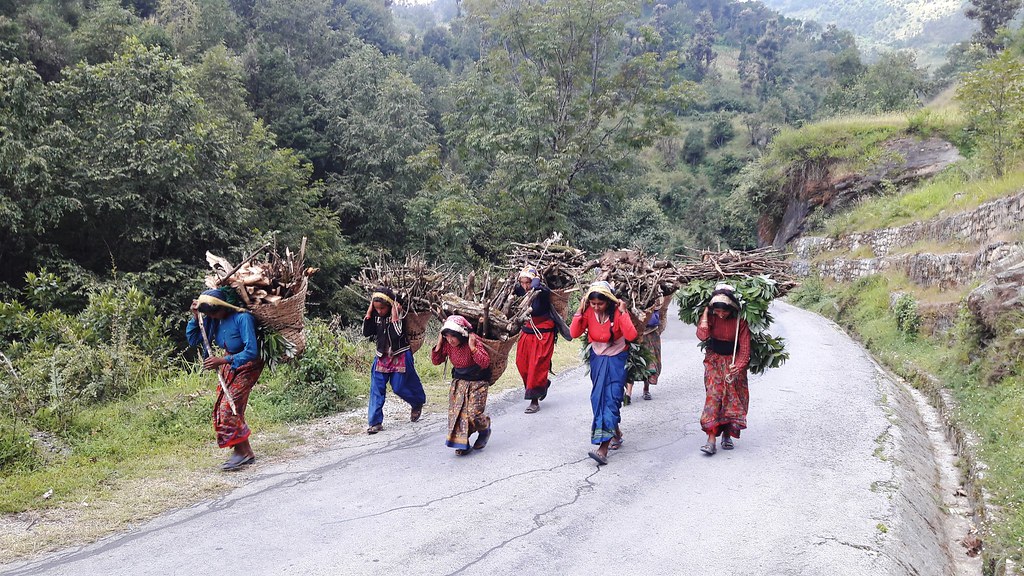
Leave a Reply